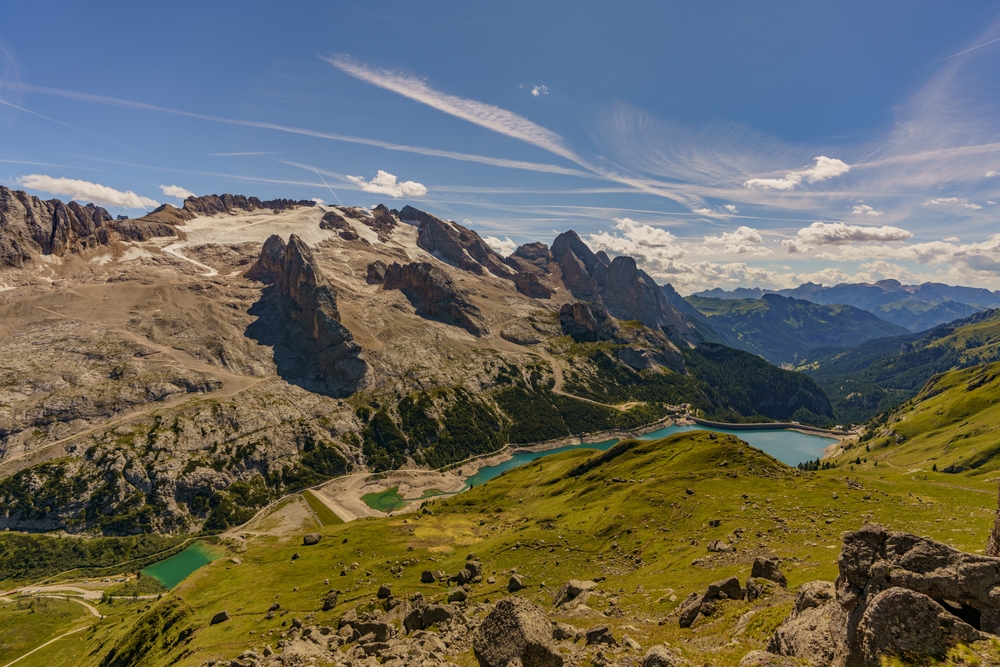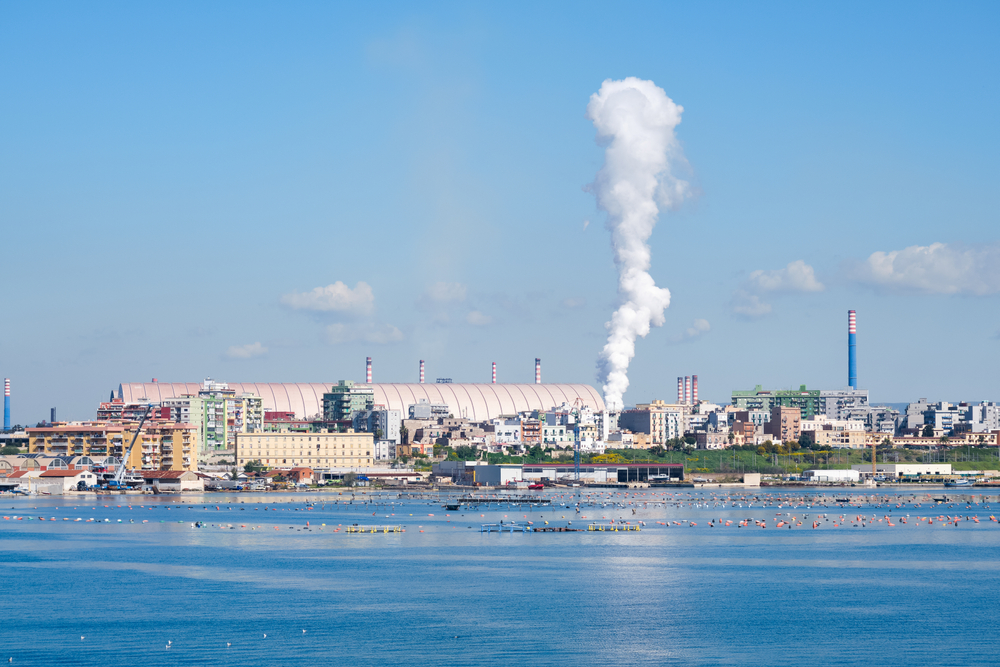Environment: Environmental Overview
Italy is a country with a diverse range of landscapes and ecosystems, including coastlines, mountains, and lakes. However, environmental issues such as pollution, deforestation, and climate change are affecting these areas, as well as the flora and fauna that call them home. In this environmental overview, we will examine the state of Italy's rivers, lakes, coastlines, reefs, mountains, deserts, and air quality.
Rivers
Italy's longest river is the Po, which flows from the Alps to the Adriatic Sea. Other important rivers include the Tiber, which flows through Rome, and the Arno, which runs through Florence. However, pollution and dam construction have negatively impacted many of Italy's rivers, affecting fish populations and water quality. Additionally, the country has experienced severe flooding in recent years, with climate change likely playing a role.
Lakes
Italy is home to many picturesque lakes, including Lake Como, Lake Garda, and Lake Maggiore. These lakes support a diverse array of aquatic life, including fish and birds. However, pollution and invasive species are threatening their delicate ecosystems. For example, Lake Garda is facing an invasion of non-native quagga mussels, which can harm native fish populations and damage water infrastructure.
Coastlines
With 7,600 kilometers (4,722 miles) of coastline, Italy's beaches and coastal areas are a major draw for tourists. However, plastic pollution, coastal erosion, and overfishing are major concerns. The Mediterranean Sea, which surrounds Italy, is also facing issues such as overfishing and habitat destruction.
Reefs
Italy's coral reefs, found mainly in the Mediterranean Sea, support a variety of marine life. However, warming ocean temperatures and ocean acidification are posing significant threats to these delicate ecosystems. In particular, the Corallium rubrum, a type of red coral, is at risk of extinction due to overfishing and habitat destruction.
Mountains
Italy's mountainous regions include the Alps, the Dolomites, and the Apennines. These areas are home to a diverse range of flora and fauna, including wolves, lynx, and bears. However, deforestation and the expansion of ski resorts are threatening these ecosystems, as well as the habitats of these animals. Climate change is also affecting Italy's mountains, with melting glaciers and increased risk of wildfires.
Deserts
Italy does not have any significant desert areas.
Air Quality
Air pollution is a major environmental issue in Italy, particularly in urban areas such as Milan and Rome. Traffic congestion, industrial emissions, and agricultural practices are all contributing factors. Poor air quality has been linked to respiratory issues and other health problems, and has been responsible for thousands of premature deaths in the country.
Conclusion
Italy's natural landscapes and ecosystems are under threat from a variety of environmental issues, including pollution, deforestation, and climate change. It is important for the government and citizens of Italy to prioritize sustainability and conservation efforts to protect these areas and the species that call them home.
Copyright © 1993—2024 World Trade Press. All rights reserved.

 Italy
Italy 
